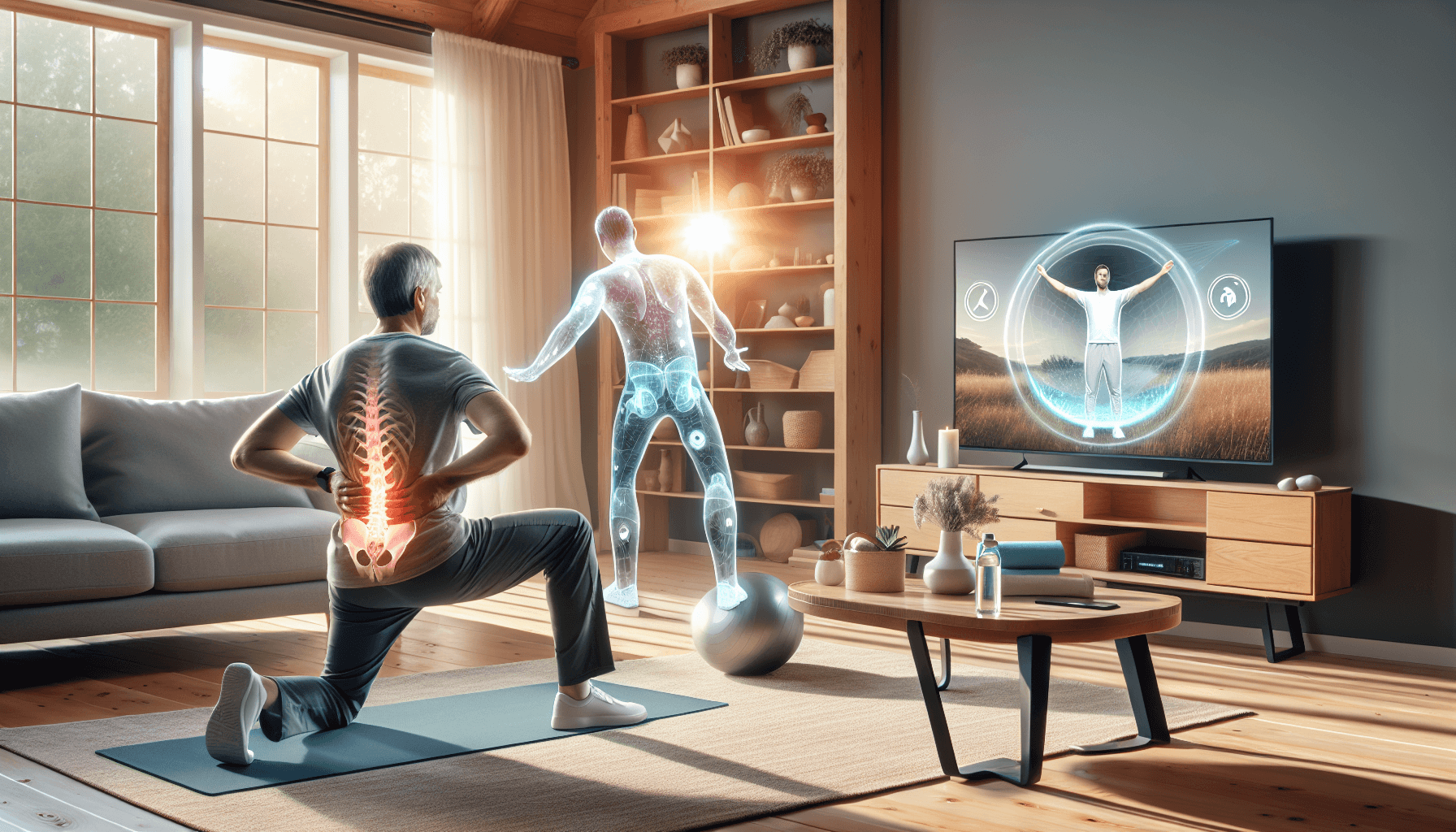Living with a slipped disc can be challenging and can significantly impact your daily activities. The pain and discomfort associated with this condition can make even the simplest tasks seem daunting. However, with proper management techniques, it is possible to navigate through your daily activities and find relief. In this article, we will discuss various strategies and tips on how to effectively manage your daily activities while dealing with a slipped disc.
1. Listen to Your Body
When you have a slipped disc, it is essential to pay close attention to the signals your body is sending you. Understand your limitations and avoid pushing yourself beyond what you can handle. It is crucial to practice gentle movements and avoid any activities that worsen your pain or discomfort.
2. Seek Professional Help and Guidance
If you are experiencing persistent pain or discomfort due to a slipped disc, it is crucial to seek professional help. A qualified healthcare professional, such as a chiropractor or physical therapist, can provide a proper diagnosis and recommend suitable treatment options. They can also guide you through specific exercises and therapies that can help alleviate your symptoms and improve your quality of life.
2. Modify Your Daily Routine
Managing a slipped disc requires making adjustments to your daily routine to reduce strain on your spine. Here are some practical modifications you can consider:
- Proper Body Mechanics: Practice good posture by keeping your back straight and avoiding slouching. Use ergonomic furniture and adjust the height of your desk and chair to promote proper alignment.
- Lifting Techniques: When lifting heavy objects, practice proper lifting techniques such as bending your knees and keeping your back straight. Avoid twisting or jerking motions.
- Rest and Breaks: Take regular breaks and avoid sitting or standing in the same position for extended periods. Incorporate rest intervals throughout the day to reduce strain on your spine.
3. Incorporate Low-Impact Exercises
Engaging in regular exercise is essential for managing a slipped disc. However, it is crucial to choose low-impact exercises that do not exacerbate your condition. Here are some exercises that can help strengthen your back and core without putting excessive stress on your spine:
- Swimming: Swimming is an excellent low-impact exercise that works out your entire body, including your back muscles. The buoyancy of the water also helps reduce pressure on your spine.
- Walking: Taking regular walks can help improve your cardiovascular health and maintain overall fitness. Ensure you wear supportive shoes and choose even surfaces.
- Yoga or Pilates: These forms of exercise focus on stretching, flexibility, and strengthening the core muscles, which can help support your spine.
4. Manage Stress and Practice Relaxation Techniques
Stress can contribute to muscle tension and worsen the symptoms of a slipped disc. Incorporating stress management techniques and relaxation exercises into your daily routine can help reduce pain and promote healing. Consider trying the following:
- Meditation: Practice mindfulness meditation to help calm the mind and relax the body. Meditation can also alleviate stress and promote pain relief.
- Deep Breathing Exercises: Deep breathing exercises can help relax your muscles and reduce tension. Take slow, deep breaths, and focus on releasing any tightness in your body.
- Heat or Cold Therapy: Applying heat or cold packs to the affected area can help relieve pain and reduce inflammation. Experiment with both to see which provides better relief.
5. Maintain a Healthy Lifestyle
A healthy lifestyle can contribute to the management of a slipped disc. Ensure you prioritize the following:
- Eat a Balanced Diet: Consume a diet rich in fruits, vegetables, lean proteins, and whole grains to provide your body with essential nutrients for healing.
- Stay Hydrated: Drink plenty of water to keep your body hydrated and promote optimal spinal function.
- Avoid Smoking: Smoking can impede the healing process and worsen symptoms. Quitting smoking can improve your overall health and aid in recovery.
- Maintain a Healthy Weight: Excess weight can put additional strain on your spine. Aim to maintain a healthy weight to reduce stress on your back.
Managing daily activities with a slipped disc requires a holistic approach that involves listening to your body, seeking professional help, modifying your routine, incorporating suitable exercises, managing stress, and maintaining a healthy lifestyle. By implementing these strategies, you can find relief, improve your mobility, and regain control over your daily activities.

